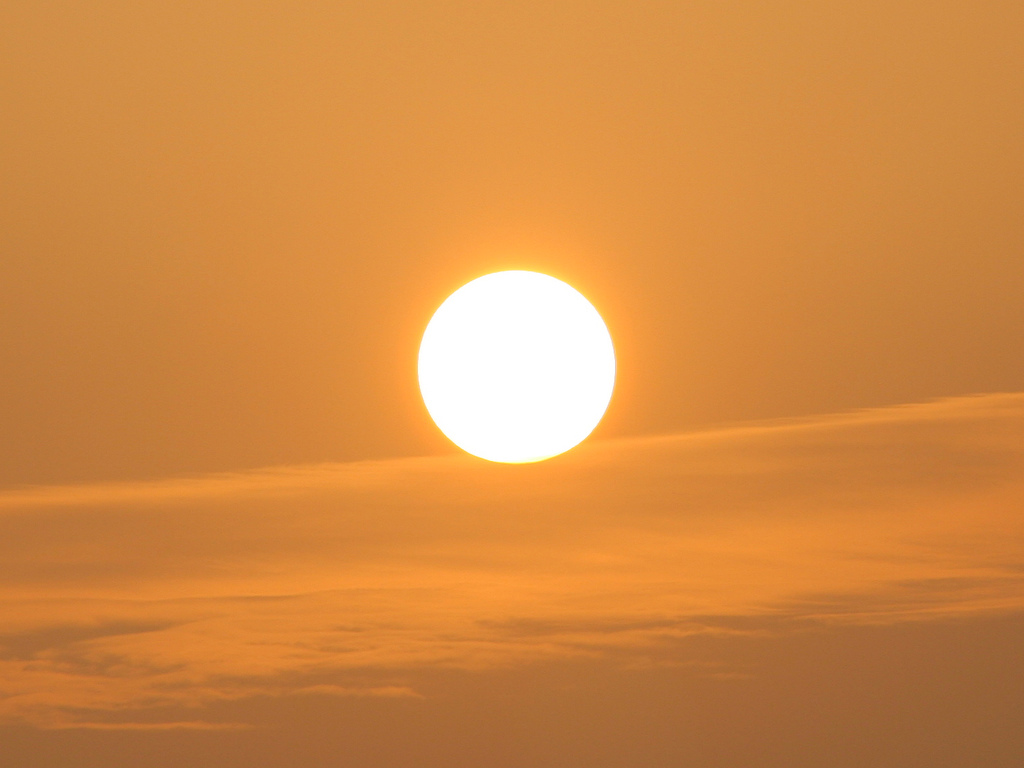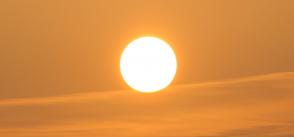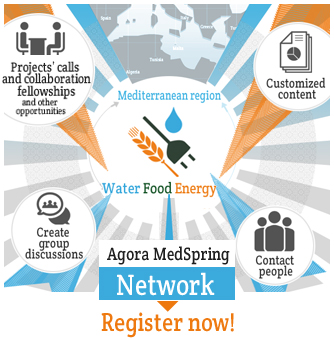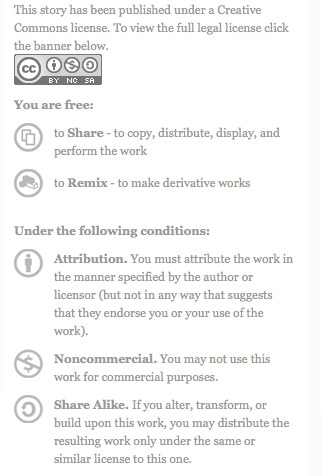
300 days of sunlight a year: a look at Jordan's solar sector
Jordan’s latest solar energy deal with a UAE company marks the largest power plant to be built on Jordanian soil.
The deal, along with importing gas from Israel in spite of public outrage, and the launch of Shams Ma’an solar project are a few indicators of Jordan’s rush to find alternative energy sources to meet rising demand.
Jordan imports around 96 percent of its energy, which costs more than 16 percent of GDP, according to the International Monetary Fund.
This high dependency on foreign energy, along with a 10 percent rise in electricity demand annually, has led the kingdom to build local production, especially after gas supplies from Egypt were cut in 2012.
Since Jordan lies in the sun belt area, solar energy is seen as one of the solutions to produce local electricity. Other sources the country is looking to invest in include wind energy, oil shale, and nuclear energy.
[Full article here | Photo by Skyseeker]







